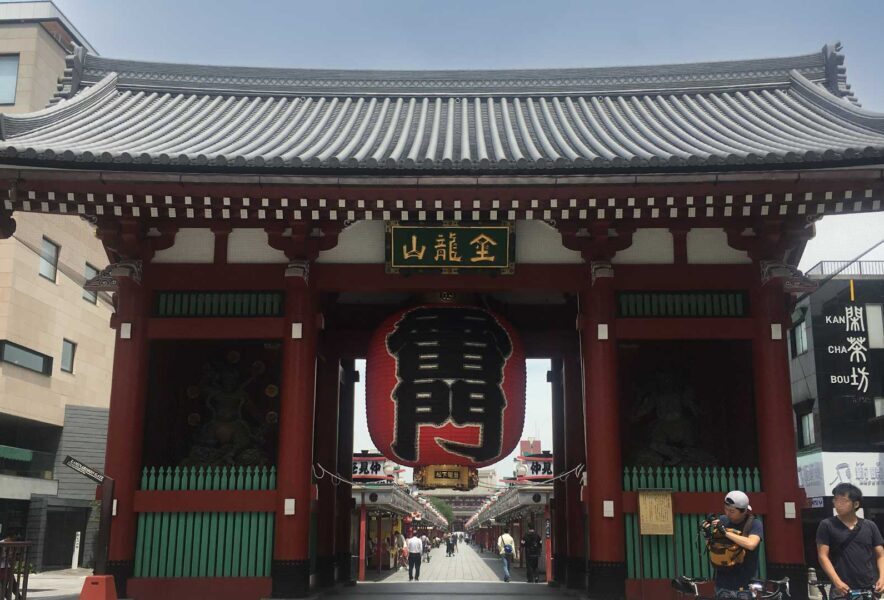Today’s Stroll in Asakusa
Sensoji Temple, the oldest temple in Tokyo, was built in the Heian period (794-1185) and has a history of nearly 1,400 years.
Since the Edo period (1603-1868), Asakusa has been the gateway town to Senso-ji Temple, attracting people, money, and goods, and has developed into a town of commerce, culture, and entertainment.
Let’s take a stroll through Asakusa, which continues to attract people as the most popular tourist spot in Tokyo.
- Today’s route of Asakusa
- A. Asakusa Station
- B.Kaminarimon Gate
- C.Nakamise
- D.Sensoji Temple
- E.Asakusa Shrine
- F.Denpoin Street
- G.Matsuchiyama shoden Temple
- H.Imado Shrine
- I.Sumida Park
- Review of the route
- Access to Asakusa Station(Tokyo Metro Ginza Line)
- Parking around Asakusa
- Stroll Asakusa Official Website
- Recommended around Asakusa
Today’s route of Asakusa
A.”Asakusa Station”, the gateway to Asakusa
B.”Kaminarimon Gate”, the symbol of Asakusa
C.”Nakamise”, the oldest shopping street in Japan
D.”Senso-ji Temple”, the oldest temple in Tokyo, is still evolving.
E.”Asakusa Shrine”, where the Sanja Festival is the flower of Edo
F.”Denpoin Street”, retains the atmosphere of Edo.
G.Asakusa’s most power-charged radish, “Matsuchiyama syoden Temple”
H.”Imado Shrine”, the birthplace of the beckoning cat
I.”Sumida Park” with a view of Skytree
A. Asakusa Station
Tokyo Metro Ginza Line / Toei Asakusa Line / Tobu Isesaki Line (Tobu Skytree Line) / Tsukuba Express
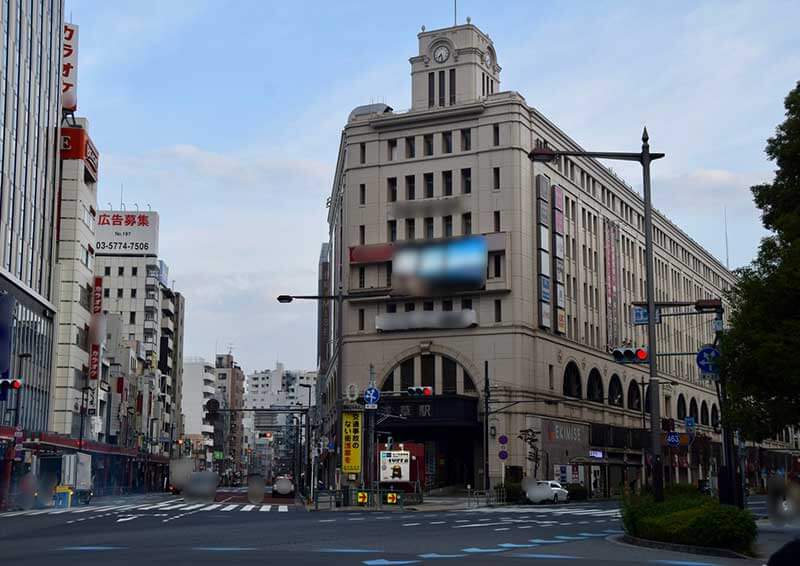
B.Kaminarimon Gate
There are four stations nearby, and from any one of them you can arrive at Kaminarimon (Thunder Gate) in about five minutes on foot.
The gate, with its huge lanterns and bright vermilion paint, is a timeless symbol of Asakusa. The official name of the gate is Fu-Rai-Jin-Mon (Wind and Thunder God Gate), and it was built in 945 by Taira no Kinmasa to thank him for the success of his prayers, with the wind god on the right side of the front and the thunder god on the left.
It has been burned down and rebuilt many times, and the current Kaminarimon was donated by Konosuke Matsushita, founder of Matsushita Electric Works, in 1960.
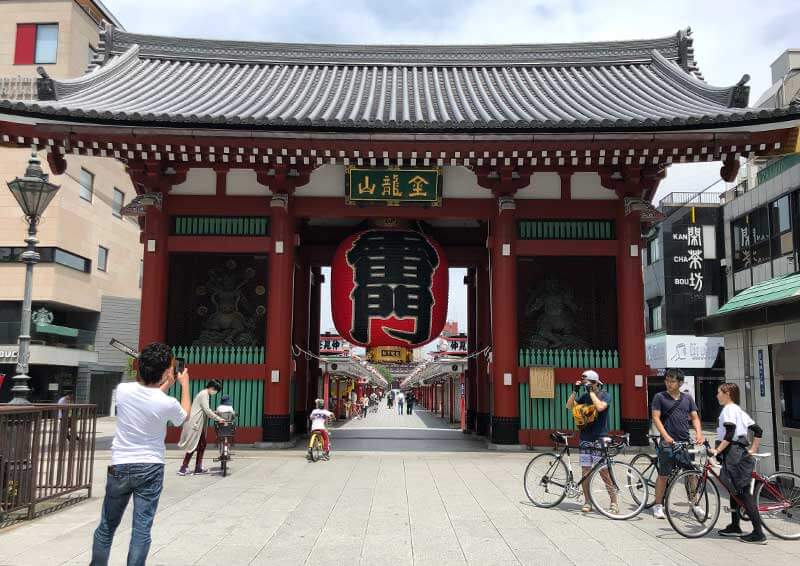
C.Nakamise
Nakamise Street was built around the Kyoho era (1688-1736) and is said to be the oldest shopping street in Japan.
The 250-meter street is lined with about 90 stores, and the uniform Japanese beauty of the eaves, signs, and white cobblestones is popular among foreigners.
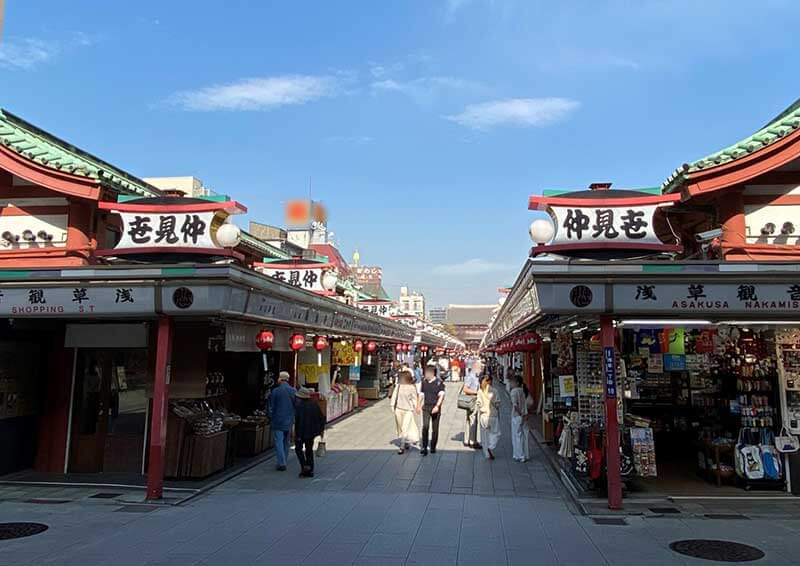
In addition, the shutters, which can only be seen when the store is closed, are painted by painter Ikuo Hirayama to convey the annual events and history of Asakusa, such as the E Sanja Festival, fireworks on the Sumida River, and the Hozuki Market.
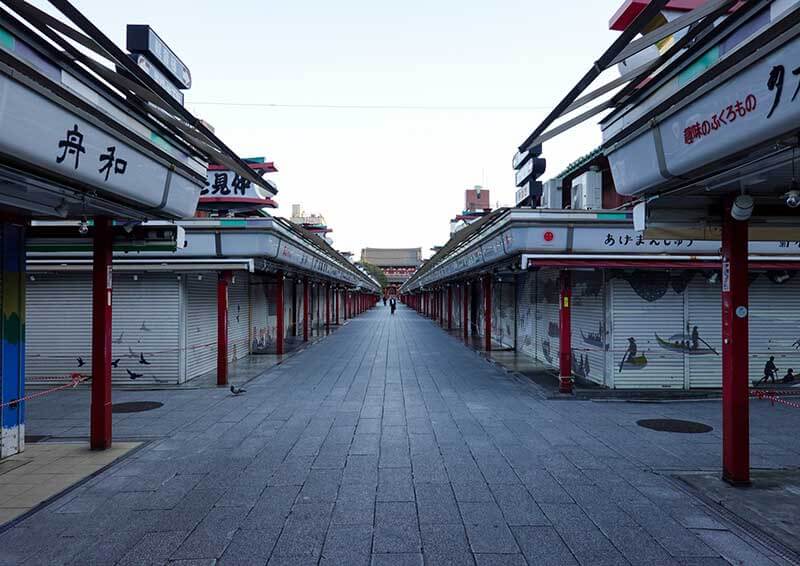
D.Sensoji Temple
The oldest temple in Tokyo, founded in the 36th year of Emperor Suiko (628).
The temple is said to be dedicated to Saint Kannon, who was caught in the net of two brothers who were fishing in the nearby river, and has been burned down, rebuilt, and repaired over the years.
In the Meiji era (1868-1912), Japan’s first observatory with an elevator was built next to the temple grounds, and the temple has always prospered as a tourist attraction and sacred site.
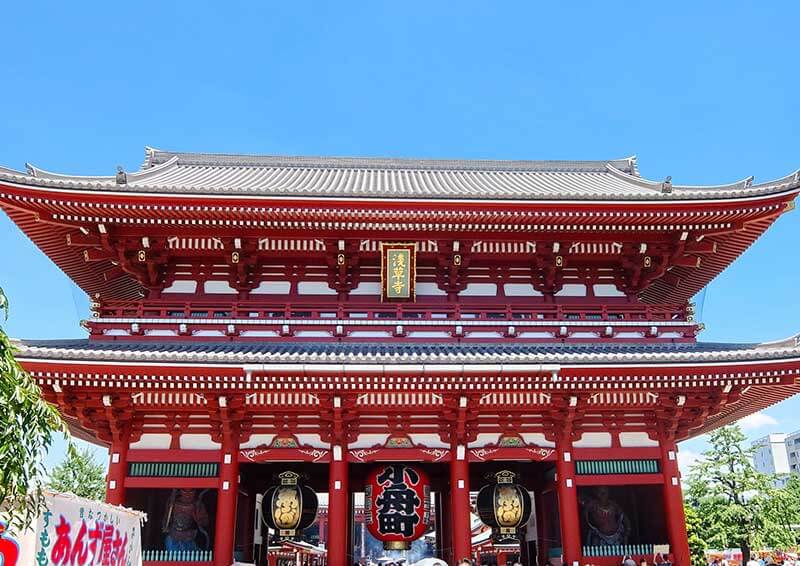
On the back side of the gate, there is a large waraji that is dedicated every ten years. At 4.5 m long, 1.5 wide, and weighing 500 kg, it represents the power of Niou-sama.
After passing through the Hozomon Gate, the main gate of Sensoji Temple, you will see the five-story pagoda on your left. The roof of the five-storied pagoda has a meaning: from the bottom, it represents the earth (foundation), water (pagoda body), fire (kasa), wind (hoka), and sky (hoju).
The main hall (Kannondo) of Sensoji Temple was originally built by Katsumi in 645 (the first year of the Taika Era), but it was destroyed by fire in the war and was rebuilt in 1958.
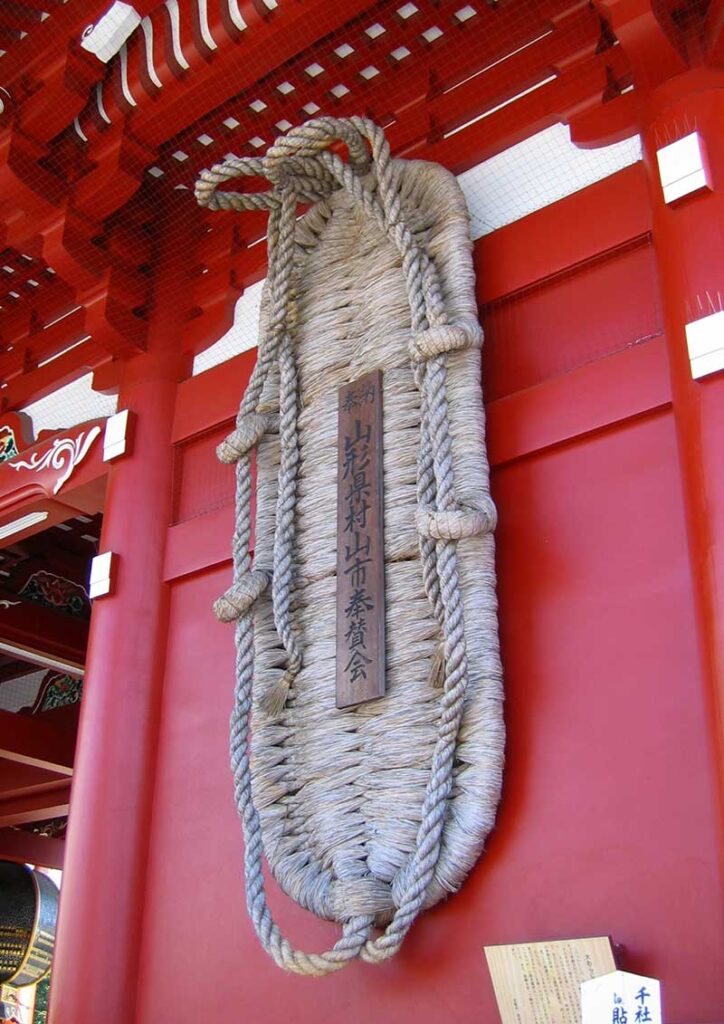
E.Asakusa Shrine
If you go right from Senso-ji Temple, you will see the Asakusa Shrine.
The brothers Hinokuma no Hamanari and Takenari, who discovered the main statue of Senso-ji Temple, and Doji Shinnakacho, who enshrined the statue, are the deities (Hajino Atanakato), and the Sanja Gongen, which enshrined these three, later became the Asakusa Shrine.
The Sanja Festival is one of the three major festivals in Edo. The shrine building, donated by Tokugawa Iemitsu, is designated as an important cultural property of Japan.
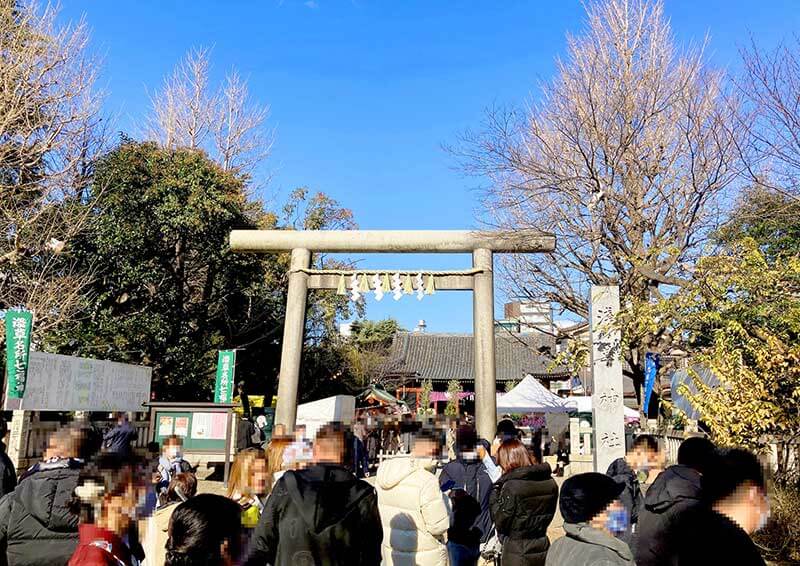
F.Denpoin Street
Returning to Nakamise Dori from the Hozomon Gate, we will take a walk along Denpoin Dori, which intersects with Nakamise Dori. This street is a reproduction of the streets of Edo.
The street is about 200 meters long, and you can enjoy the atmosphere of the Edo period with fire gazing gazebos and rat boy objects.
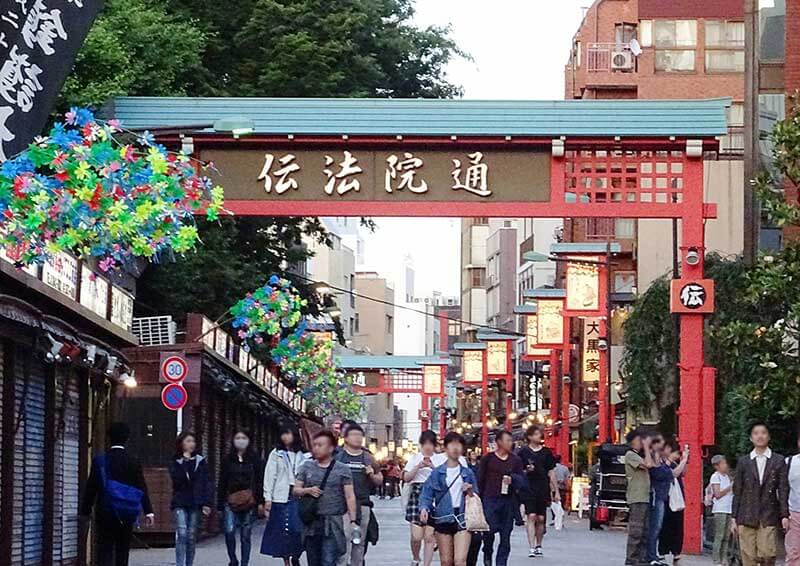
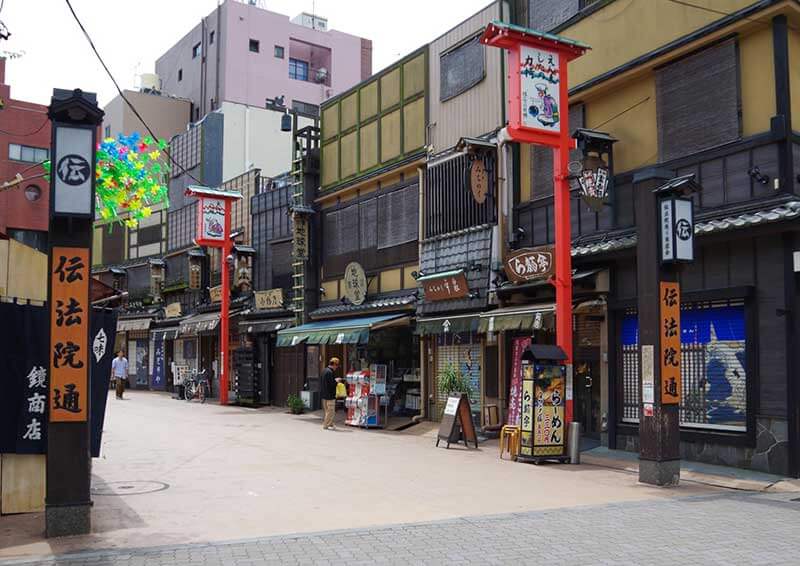
G.Matsuchiyama shoden Temple
At this temple, they offer daikon (Japanese radish) and kinchaku (Japanese cloth), which are said to be beneficial to couples.
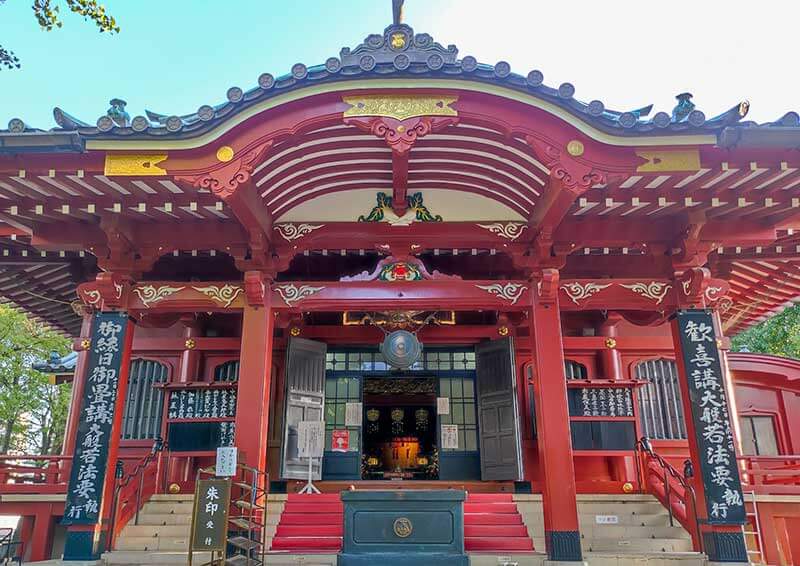
Gates with strange designs in the shape of daikon and kinchaku are placed throughout the area.
The official name of the temple is Honryuin, and it is called Matsuchiyama Shoden because the main deity is the Kangiten (Shoten).
The cloths and daikon (Japanese radish) found throughout the temple grounds represent blessings.
The daikon (Japanese radish) represents a good marriage and a harmonious and long-lasting family relationship, while the kinchaku (Japanese cloth) represents wealth and prosperity.
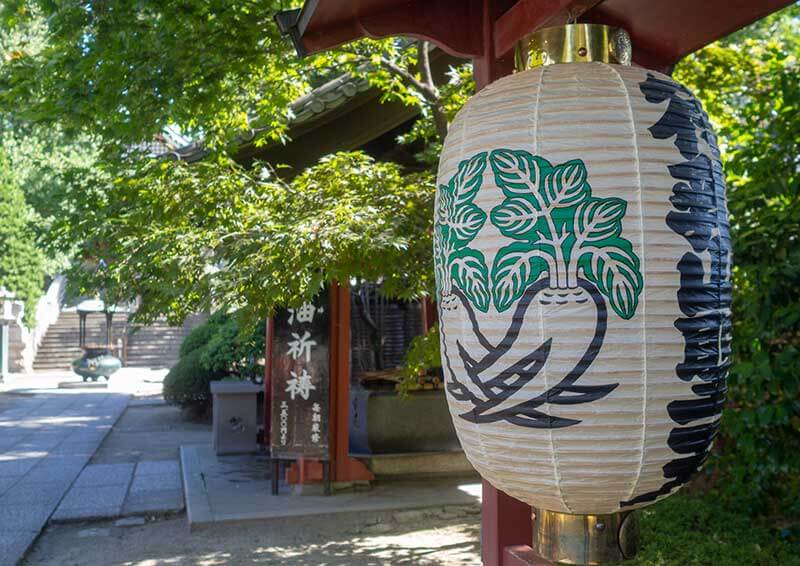
Gates with strange designs in the shape of daikon and kinchaku are placed throughout the area.
H.Imado Shrine
It is one of the Seven Lucky Gods of Asakusa and is known as a power spot for matchmaking, and events for matchmaking are held here.
It is also said to be the birthplace of beckoning cats, and many beckoning cats are enshrined here.
A couple of beckoning cats welcome you at the main shrine. You don’t have to be a cat lover to enjoy the cat figurines placed all over the temple grounds.
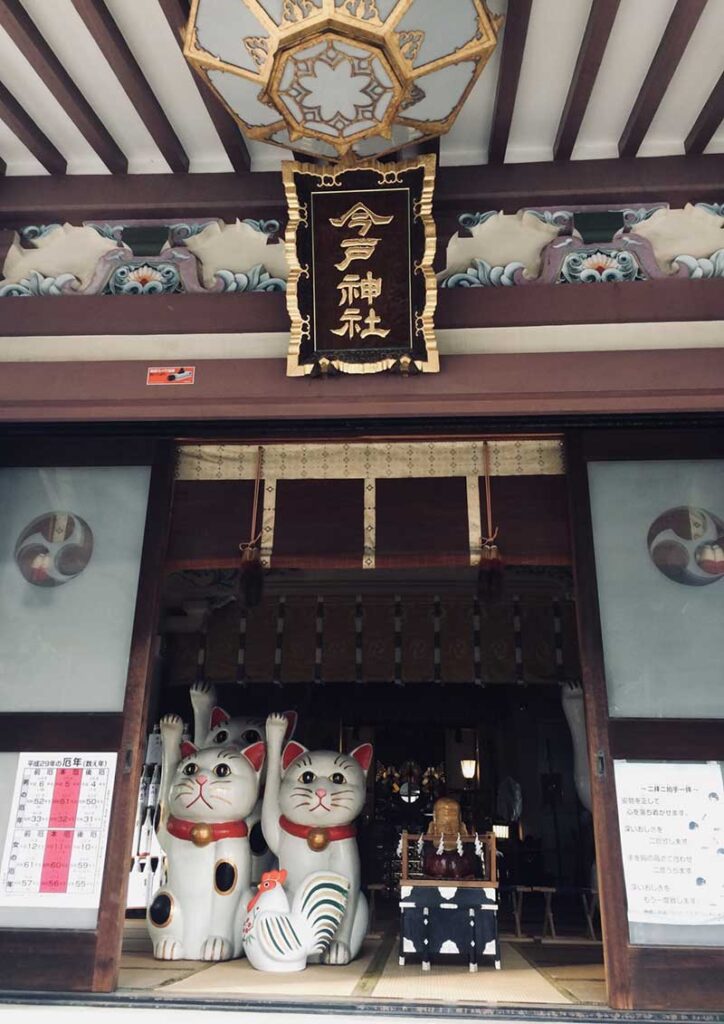
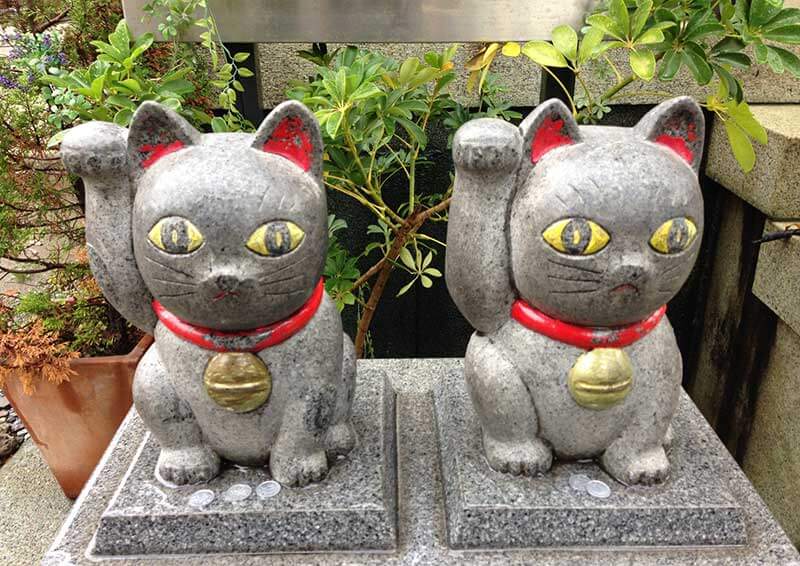
I.Sumida Park
Returning to Denpoin Dori and walking towards Sumida River, you will come to Sumida Park. Sumida Park is a unique park that stretches along both banks of the Sumida River for about 1km in Sumida and Taito wards. You can take a walk along the Sumida River, looking at the boats passing by and the Sky Tree.
We took a break at the first open cafe on the riverbank in Tokyo, and that was the end of our walk today.
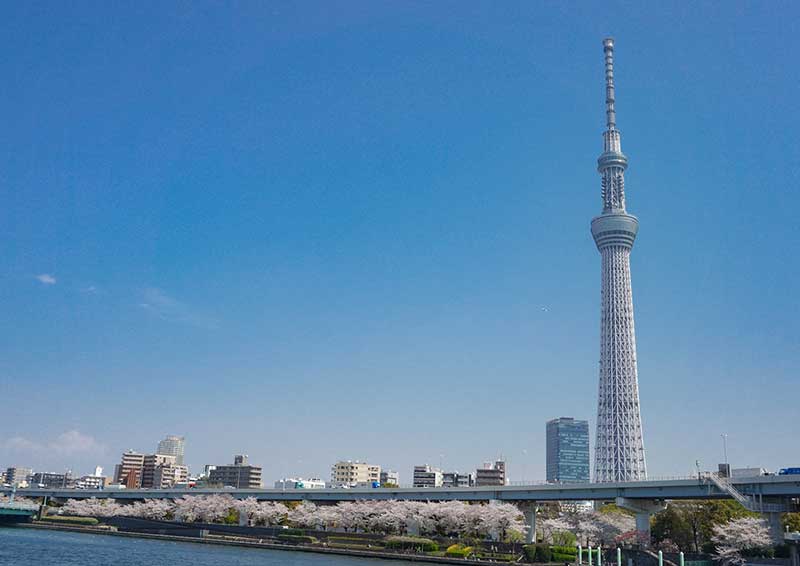

Review of the route
A.(Start)Asakusa Station
↓ 200m
B.Kaminarimon Gate
↓ 350m
C.Nakamise
↓ 150m
D.Sensoji Temple
↓ 100m
E.Asakusa Shrine
↓ 400m
F.Denpoin Street
↓ 950m
G.Matsuchiyama syoden Temple
↓ 300m
H.Imado Shrine
↓ 1200m
I.Sumida Park
↓ 100m
J.(Goal)Asakusa Station
Total 3.8km(Transportation within the facility is not included.)
Access to Asakusa Station(Tokyo Metro Ginza Line)
Asakusa Station(Tokyo Metro Ginza Line) : 1-1-3 Asakusa, Taito-ku, Tokyo 111-0032
Parking around Asakusa
Stroll Asakusa Official Website
Sensoji Official Website : https://www.senso-ji.jp/english/
Imado Shrine Official Website : https://imadojinja1063.crayonsite.net/
